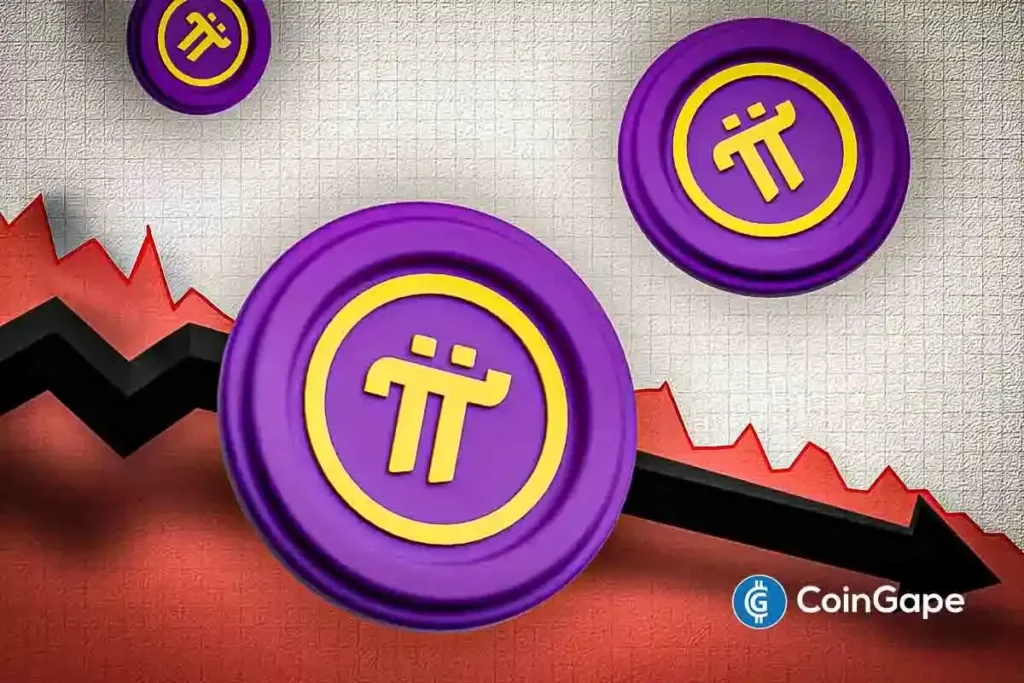Understanding the Challenges and Future of Pi Network: An In-Depth Analysis
The Pi Network, once regarded as a promising cryptocurrency initiative, is currently grappling with significant selling pressure due to the increase in token supply without a defined management strategy. This situation has raised concerns among community members regarding the token’s long-term viability. To understand the underlying issues, let’s delve into the mechanics behind the Pi Network and its recent predicament.
The Current Market Dynamics of Pi Network
Recently, crypto analyst Zoe highlighted a crucial factor contributing to the stagnation of Pi Network’s price dynamics: the escalating supply of tokens. Since its launch, users have been mining Pi coins through their mobile devices, leading to a gradual increase in the number of coins in circulation. However, this expansion has come without any implemented deflationary mechanisms—like token burns—which are essential for maintaining price stability. Presently, only around 2.5% of the total supply of 100 billion tokens is unlocked and available for trading, with 5.2 billion tokens still locked due to time constraints. This leaves about 92.4% of tokens shrouded in uncertainty.
Transparency Issues Affecting Market Confidence
One of the most pressing concerns surrounding the Pi Network is the lack of transparent communication regarding token emissions, circulation, and distribution. As community members await further details on when and how the remaining tokens will be unlocked, institutional investors and major cryptocurrency exchanges continue to exercise caution. Clear and timely information is vital to bolster trust, and without it, potential market players remain skeptical.
Upcoming Token Unlocks and Market Implications
Looking ahead, the Pi Foundation’s impending token unlocks pose a serious threat to market stability. A substantial portion of the token supply—over 19 million tokens, valued at roughly $10 million—will be unlocked soon. Moreover, over the next month, more than 272 million tokens are expected to enter circulation, resulting in an average of 10 million coins being available daily. This influx could lead to an oversupply relative to market demand, potentially driving down the token’s price unless accompanied by a significant increase in user engagement.
The Debate on Token Burn Mechanisms
With the community increasingly concerned about inflation eroding the coin’s value, many investors are advocating for the implementation of a token-burning mechanism. A token burn system could help reduce the circulating supply, thus providing a counterbalance to the inflationary pressures currently facing the Pi Network. By complicating the straightforward release of new tokens, this kind of mechanism could stabilize and potentially even increase the value of the Pi coin over time.
Current Market Performance and Future Projections
As it stands, the Pi coin remains relatively stable, trading at about $0.45. However, recent trading volume reflects a lower level of activity, suggesting that demand may soon pick up if supply issues are appropriately managed. Traders are closely monitoring the situation, and an increase in buying activity could set the stage for a price rebound in the near future.
Final Thoughts on Pi Network’s Potential
In summary, while the Pi Network has a robust community and notable recognition, it faces a critical juncture that demands effective supply management and transparent communication. The long-term sustainability of the Pi coin hinges not only on strategic token management but also on enhanced utility and market demand. As we move forward, both investors and community members are urged to stay informed and engaged as these developments unfold.
In conclusion, the challenges posed by rising supply and the necessity for a token-burning strategy cannot be overstated. The future of the Pi Network will significantly depend on its ability to navigate these challenges effectively and restore confidence in the marketplace.


